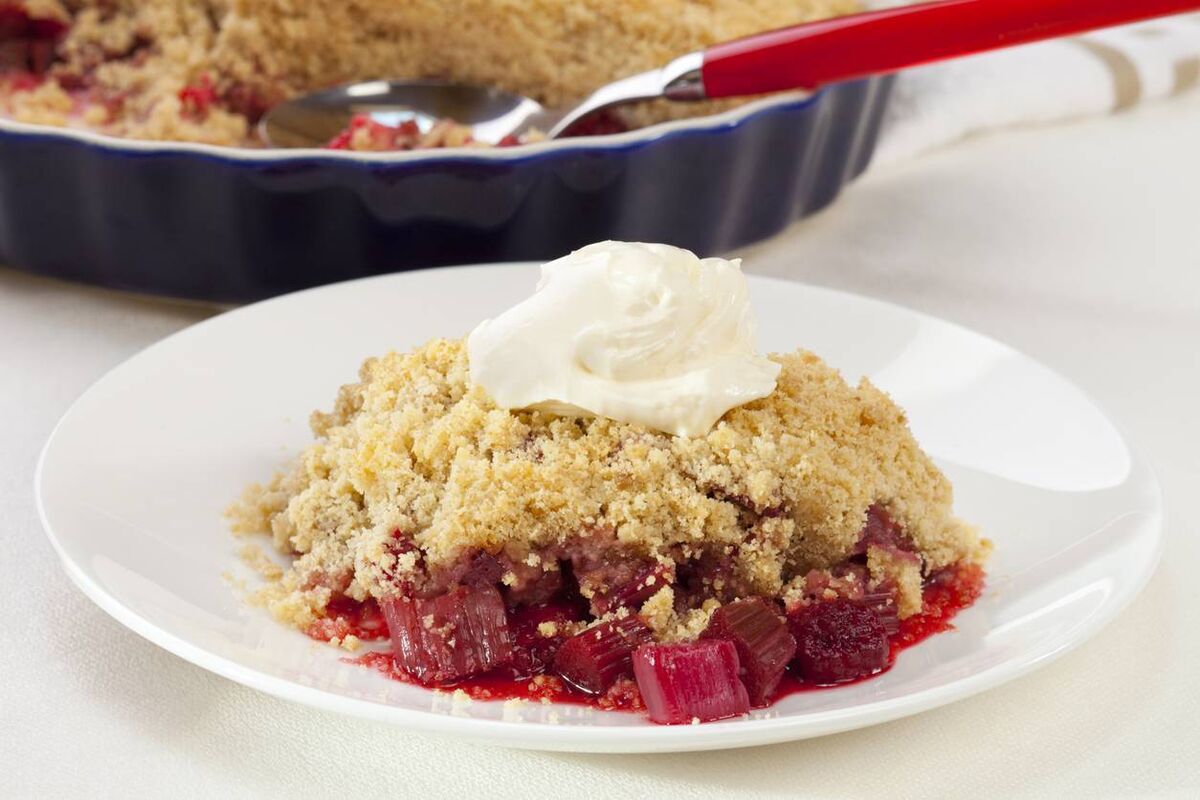Easter Food: Sweet treats, good to eat

Find a balance between chocolate treats, fruit and healthy options — you teeth will thank you.
Ohhh Easter.
When you have kids, there are three major pinch points in the year when it comes to sweets: Halloween (the trick being that there are just too many treats); big brand Christmas selection boxes; and, of course, Easter when chocolate eggs arrive from all angles.
What does this mean for your kids' teeth? Well, there’s no way to sweeten the pill: tooth decay is caused by sugar. An average Cadbury Dairy Milk Easter egg — for example, something that comes with creme eggs or crunchies — weighs 155g, of which 87g is sugar. According to the World Health Organisation (WHO), a teaspoon of sugar is approximately 4g, so there are almost 22 teaspoons of sugar in each (not particularly big) egg.
That’s before you even look at the creme egg and crunchie additions, which add a further six and five teaspoons respectively. NHS recommendations for children aged between 7 and 10 is to have no more than 24g or 6 teaspoons of sugar a day.

Last year, market research company Kantar reported that Irish shoppers spent a record €24.6m on Easter eggs, almost half of which were on promotion. With Easter being so late in 2025, there’s been a more than two-month window for Easter purchases, as the first eggs appeared in the shops around Valentine’s Day. It’s very simple: get sucked into a “bargain” on chocolate eggs now, have to figure out how to pay for the dentist later.
While the promotions can be hard to resist, it’s important to be aware of one thing: they’re there to make you spend more money. No one in food business or marketing cares about your children’s health — or has to deal with toothache due to cavities. But there are things that you can do to avoid these issues.
And know this: it’s not about being a spoil sport. It’s about acknowledging that the increasing bombardment of children — and their parents — with slick advertising has fundamentally changed the food landscape. It’s important to push back.
Firstly, get the wider family on board — let aunts, uncles, grandparents and guests know that you don’t want extra chocolate arriving in the house. It’s probably best to do this without being caught by the children. They — or mine, at least — take a very dim view of a parent restricting the chocolate flow but it’s easier to get kids to eat alternative options when there’s not a mountain of Easter eggs falling out of a cupboard.
According to the Irish Folklore Collection, eating eggs from hens that were back laying after their winter break was always an Easter tradition. A document in the 1930s Schools’ Collection records that two eggs — “at least” — were eaten for breakfast on Easter Sunday, along with “eggs for dinner and eggs for tea”. By steering the Easter focus to protein and calcium-rich eggs for healthy teeth — hey! It’s an old Irish custom! — you have a lot of sweet and savoury options.
Make your own Easter biscuits. A simple shortbread (100g sugar, 200g butter, 300g flour rubbed together to make a dough, chilled for 30 minutes, rolled out to 1cm thickness, cut and baked at 180C for 15-20 minutes until golden brown) has less sugar than most of the chocolate eggs, just three ingredients — none of them being palm oils or emulsifiers — and can be cut into any shapes that you desire.
If you have an Easter Bunny visiting, mix it up for the hunt. Some of the prizes can be your homemade shortbread biscuits, foil-wrapped for protection. Or use hollow eggs filled with chocolate alternatives like nut butter bites, mini cheeses or small dark chocolate bars. High-quality dark chocolate with 70% cocoa solids (compared to the 23% cocoa solids in those Cadbury Dairy Milk eggs) contains about half the amount of sugar, has a richer flavour and — if kids will eat it — is more satisfying than milk chocolate.

If you’re making a dessert for Easter Sunday lunch, swap out chocolate for fresh, seasonal fruit. A vividly pink rhubarb and custard cheesecake or a rich bubbling rhubarb crumble will appeal to everyone. With the first of the Irish strawberries just arriving in shops, homemade strawberry frozen yogurt will look and taste glorious, without being too sweet. A colourful fruit platter is always a good option featuring crunchy apple slices, juicy orange segments, fragrant pears and a selection of bright, tasty berries.
While a little bit of chocolate never did anyone any harm, too much of it, snacked on constantly, doesn’t work out well for teeth, health or moods. Remember, every time your kids eat or drink something sugary, it puts their teeth under attack. You can limit this by keeping sweet treats to the end of a meal, so enjoy that Easter egg after lunch or dinner or — it being Easter! — maybe even breakfast.










